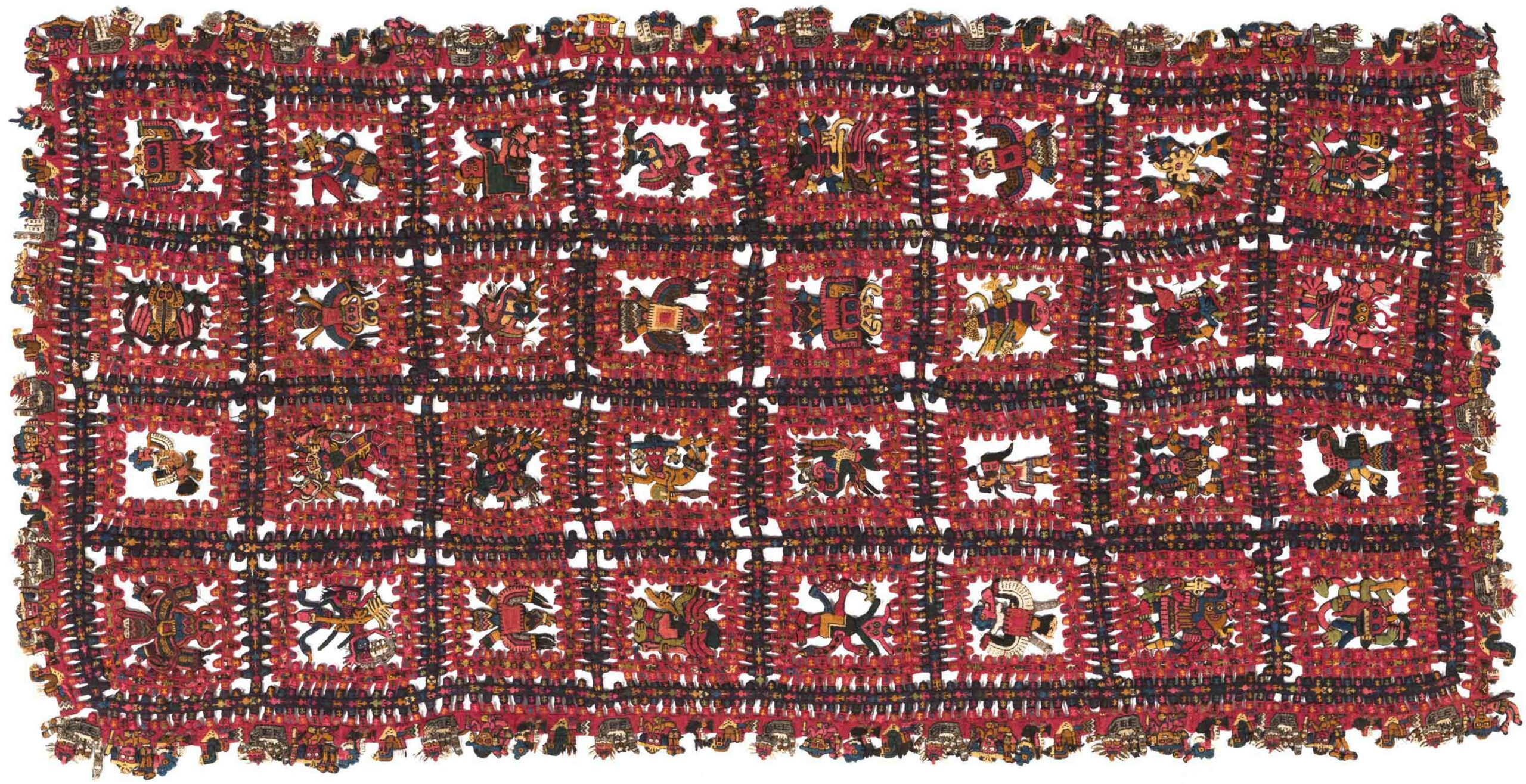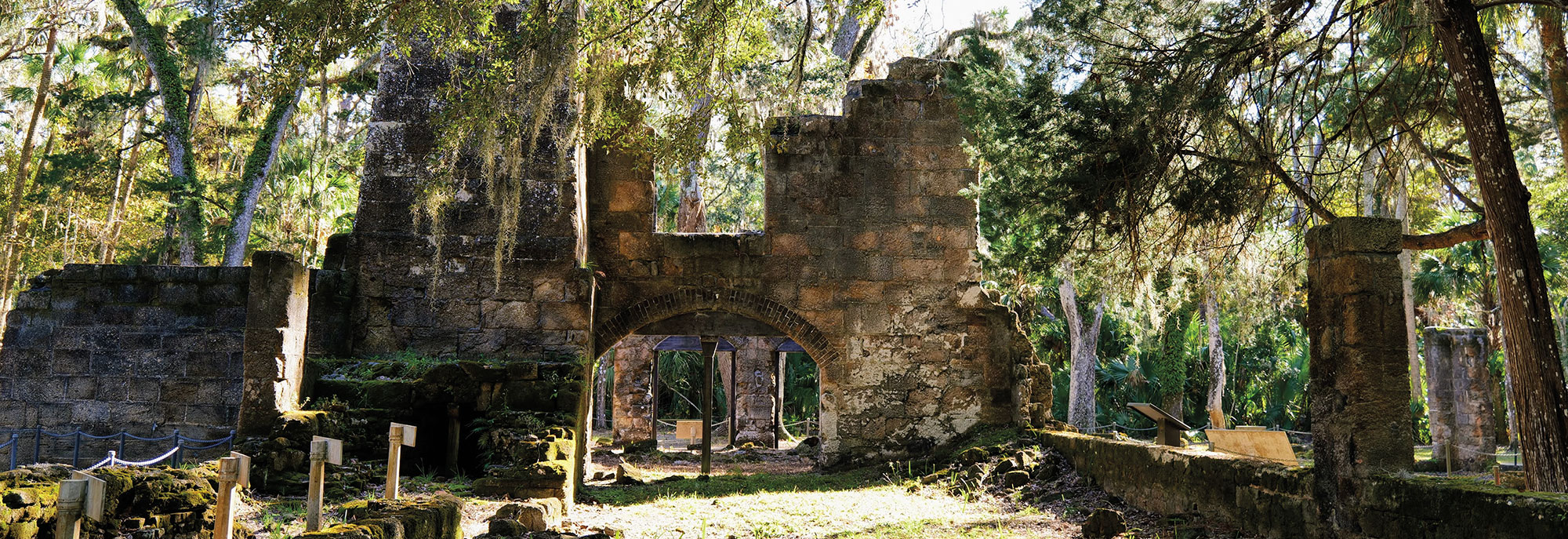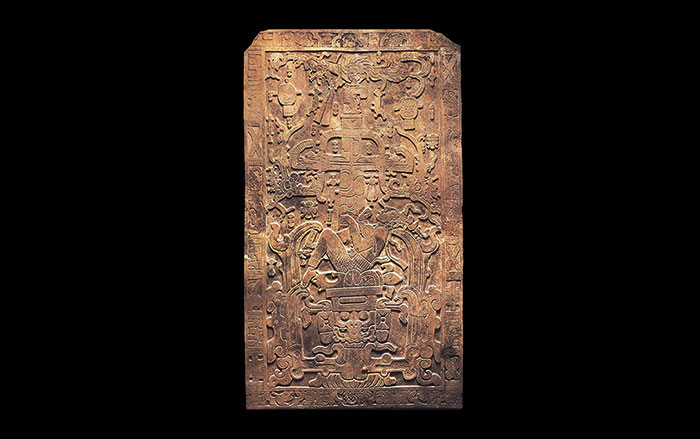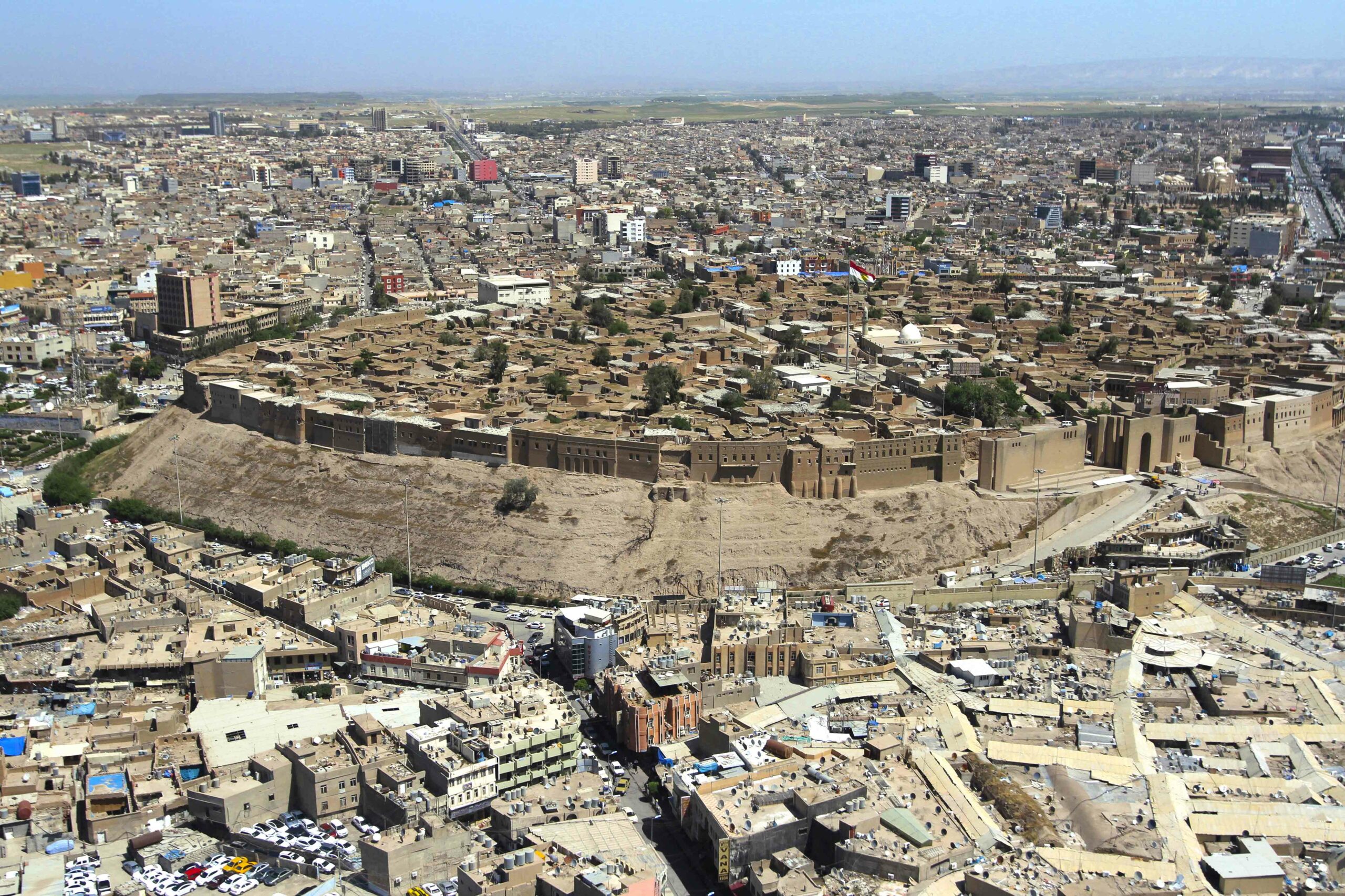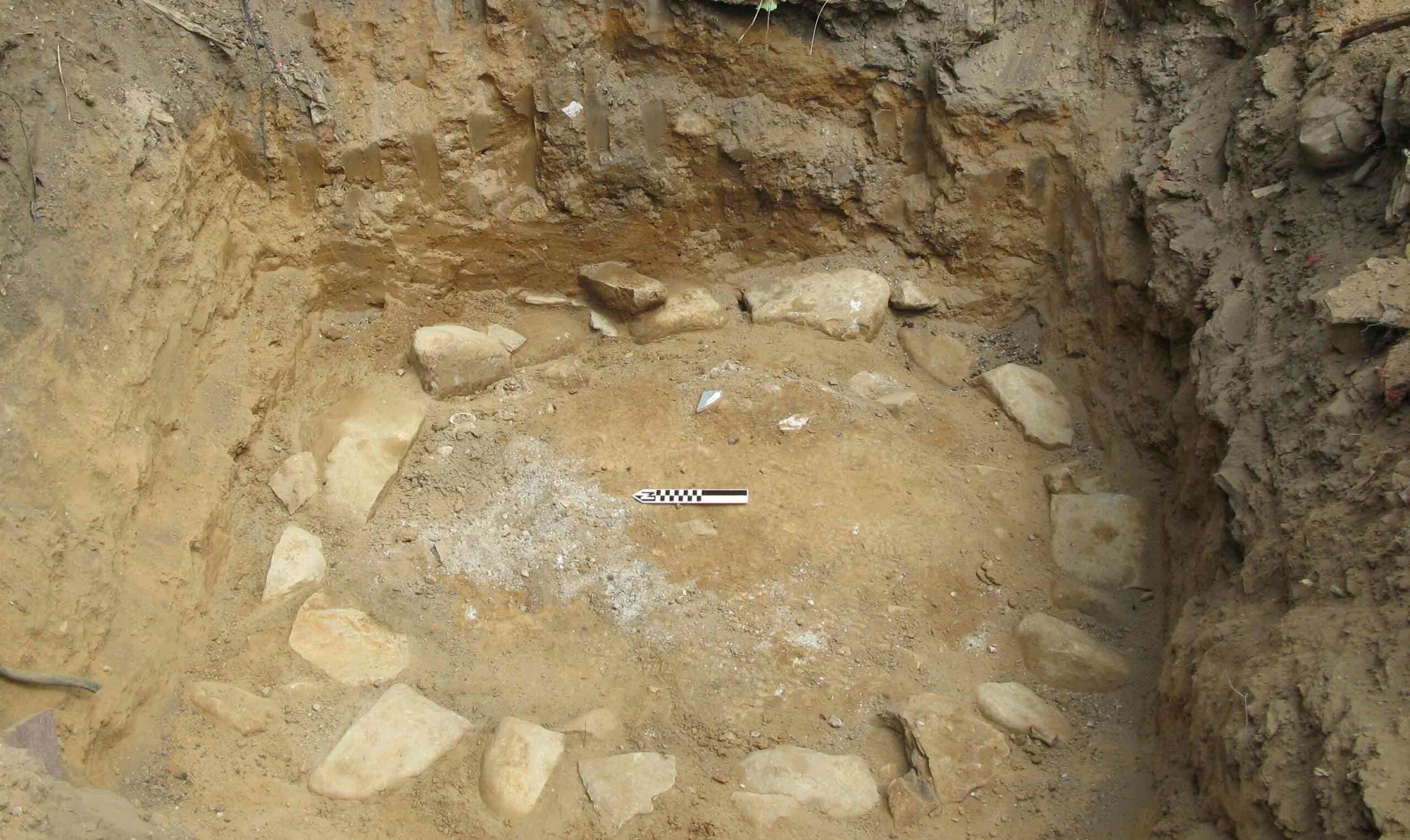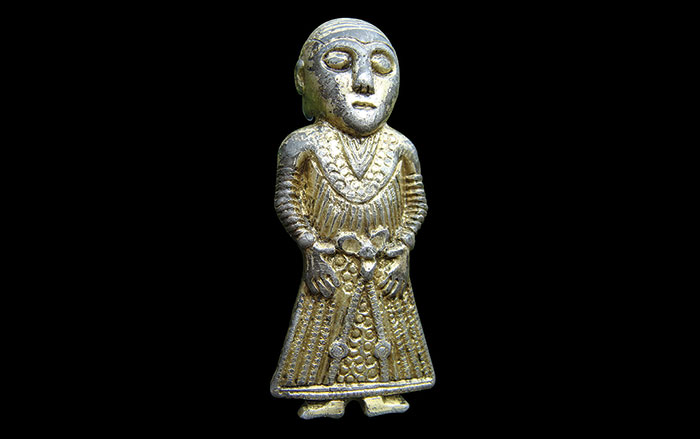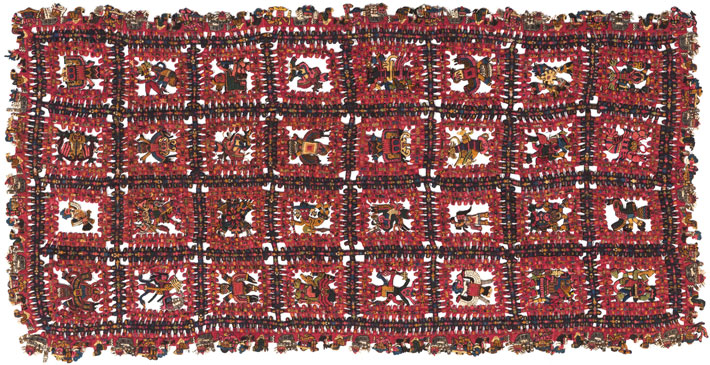
In the 1930s, a Swedish diplomat smuggled dozens of 2,000-year-old textiles out of Peru. Now the Swedish city of Gothenburg is returning the entire collection. The most spectacular example, known as the Shroud of Gothenburg, depicts a shaman flying through the air, animals as diverse as condors and shrimp, and crops such as corn, peanuts, and beans. Pontifical Catholic University of Peru archaeologist Krzysztof Makowski points out that figures on the edge of the piece seem to mark the 365 days of the solar year. “The decorations are our main source for decoding prehistoric Andean religious beliefs,” he says. “Textiles were the most technologically complex artifacts in Andean prehistory.”


